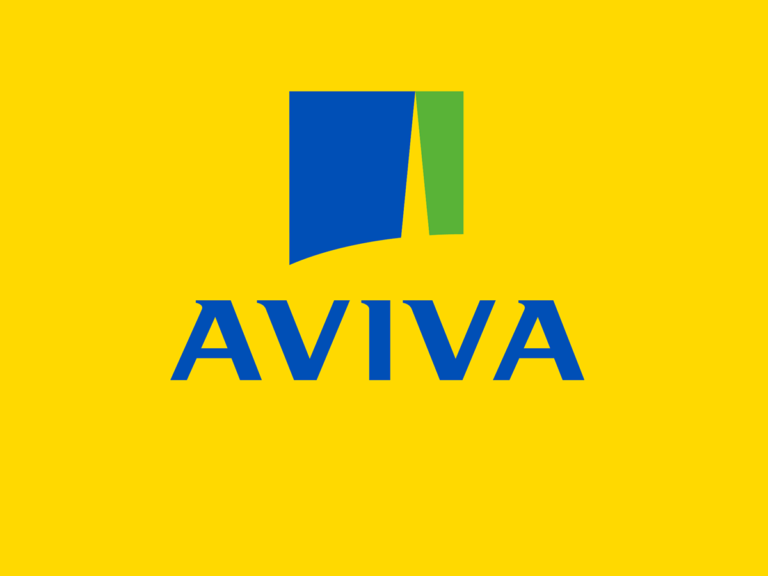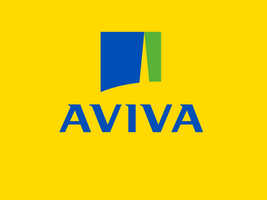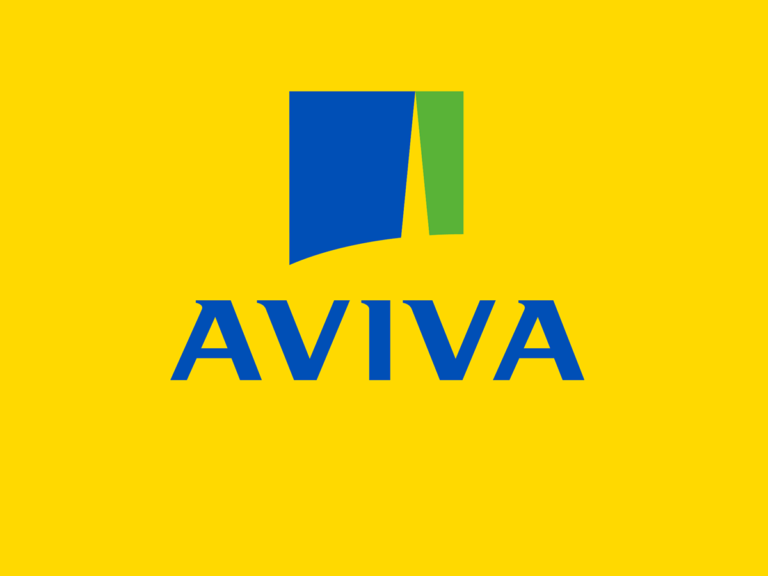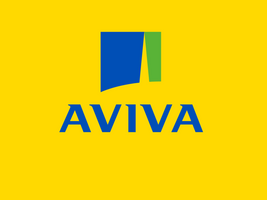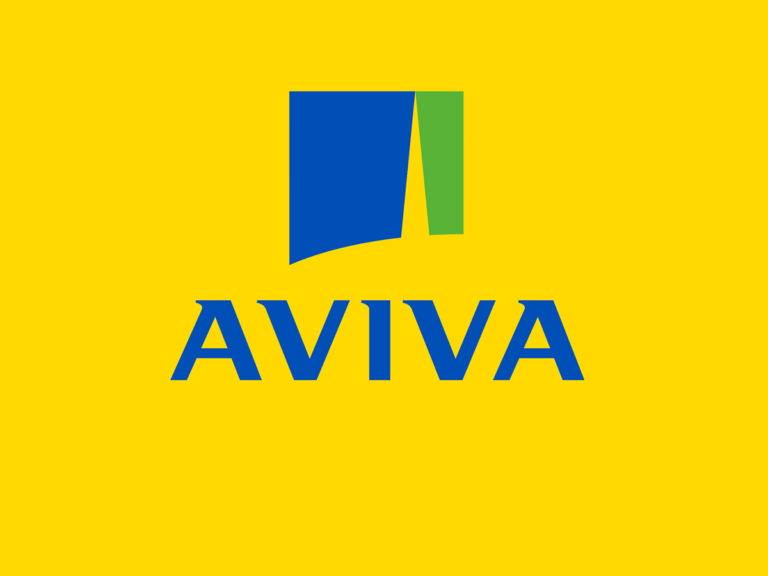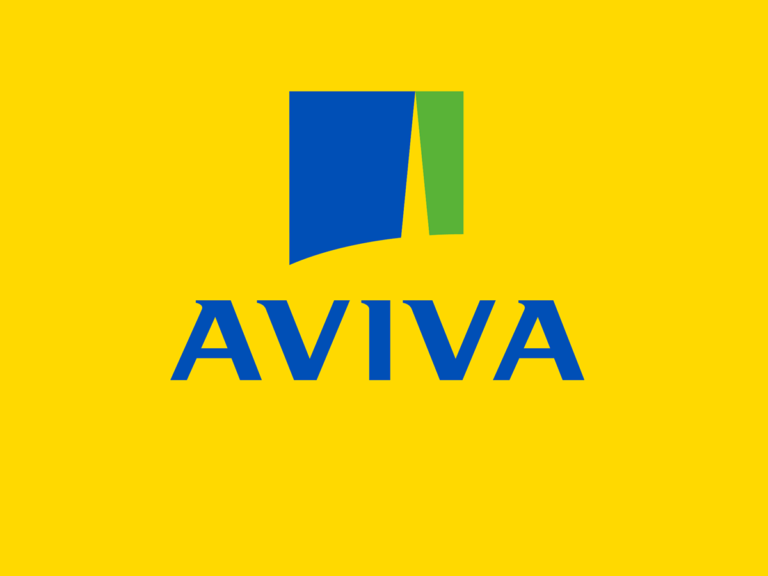Title Page
-
Date
-
Completed by
-
Location
-
To view our Loss Prevention Standard that supports this checklist, please view the following link : https://broker.aviva.co.uk/documents/view/aviva_hydraulic_oil_systems_lps.pdf
Hydraulic Oil Systems Checklist
-
1. Has a formal risk assessment been carried out, incorporating a cause-and-effect analysis of hydraulic system process and work equipment processes powered by the hydraulic system?
-
2. Does the assessment cover the process and the environment that it is taking place within, including:<br><br>• The number of machines?<br>• Proximity of machines, and oil reservoirs, to one another?<br>• Volume of oil bunds and reservoirs?
-
3. Have you evaluated the hydraulic fluids that you re using, making sure they are the least flammable hydraulic oils available?
-
4. Are your hydraulic oil systems located in buildings, or an enclosure, of non-combustible construction?
-
5. If your hydraulic system is supplying more than one item of work equipment, is the hydraulic reservoir located within an enclosure with a minimum fire resistance of 60-minutes?
-
6. Are all components used in the hydraulic system made from non-combustible materials?
-
7. Have fixed steel pipework with welded connections, and inflexible hose, been used to connect the hydraulic system where possible?
-
8. Have you considered the effect of a high-pressure spray deflecting off machinery surfaces, and the potential outcome?
-
9. Is pipework secured to reduce the risk of wear from movement and/or vibration?
-
10. Does the hydraulic oil system incorporate a relief valve that will release system pressure back into the oil-reservoir for use external pressure-shock?<br>For example, if the piston is subject to sudden shock, the pressure inside the system will rise abruptly and increase the risk of pipework and hoses breaking.
-
11. Are all hydraulic pipes and hoses sited away from sources of heat such as heated machine components and screened-off to reduce the risk of ignition if there's a pipe/hose breach?
-
12. Has a maintenance and testing programme that undertaken by competent individuals been established for your hydraulic systems, covering:<br><br>• Inspections prescribed by the equipment manufacturer?<br>• A formal daily inspection of the system, including leaks, worn and/or damaged components/loose connections?
-
13. Are low-level cut-offs in place on oil reservoirs and has the cut-off level been set?
-
14. Are fluid reservoirs contained within non-combustible bunding, capable of containing 110% of the capacity of the reservoir?
-
15. Has a procedure been established for clearing up spills, and are spill kits available?<br><br>Note: Ensure that spill kits do not include combustible materials such as rags, which could act as wicking agents.
-
16. Are worn or damaged components replaced with new components made from non-combustible materials that are compatible with the hydraulic oil and rated to applicable temperature and pressure levels?
-
17. Are hydraulic fluids tested and replaced in guidance?
-
18. Is the work area where hydraulic systems are located monitored by heat/smoke detection?
-
19. Is there a readily available, manually operated emergency shutoff/isolation button for the system located in a safe location?<br><br>Is this at least 15m away from the hydraulic system?
-
20. Is the work area protected by an automatic fire control system such as automatic sprinklers, designed and installed to a recognised standard, e.g. NFPA, LPC and FM?
-
21. Does the hydraulic system isolate and de-energise upon activation of the:<br><br>• Site fire alarm system<br>• Local automatic fire detection system<br>• Sprinkler flow alarm (if provided)?
-
22. Are oil pressure levels within the hydraulic system monitored?
-
23. Does the hydraulic system shut down i a drop in system pressure?
-
24. Is a permit to work system in place, covering works upon pressure systems?
-
25. Have formal inspection criteria been established for checking hydraulic systems, including pipework, interlocks, etc., prior to the sign-off of a permit and reinstatement of the hydraulic system?
-
26. Is the local area around the hydraulic system kept clear of combustible materials?<br><br>Note: Area of segregation will be dependent upon the potential spray distance.
-
27. Are standards of housekeeping for areas that are used to house hydraulic equipment checked on a daily basis?
-
28. Are all areas exposed to hydraulic oil leaks or accumulation, including within the retention bund itself, maintained totally clear of all combustible materials such as cardboard, rags, etc. that could act as wicking agents?
Sign Off
-
Additional Comments
-
Completed by (Name and Signature)
-
Please Note:
This document contains general information and guidance only and may be superseded and/or subject to amendment without further notice. Aviva has no liability to any third parties arising our of ARMS' communications whatsoever (including Loss Prevention Standards), and nor shall any third party rely on them. Other than liability which cannot be excluded by law, Aviva shall not be liable to any person for any indirect, special, consequential or other losses or damages of whatsoever kind arising out of access to, or use of, or reliance on anything contained in ARMS' communications. The document may not cover every risk, exposure or hazard that may arise and Aviva recommends that you obtain specific advice relevant to the circumstances.






